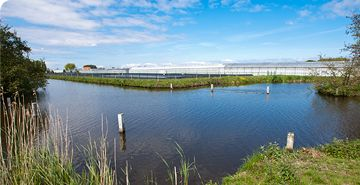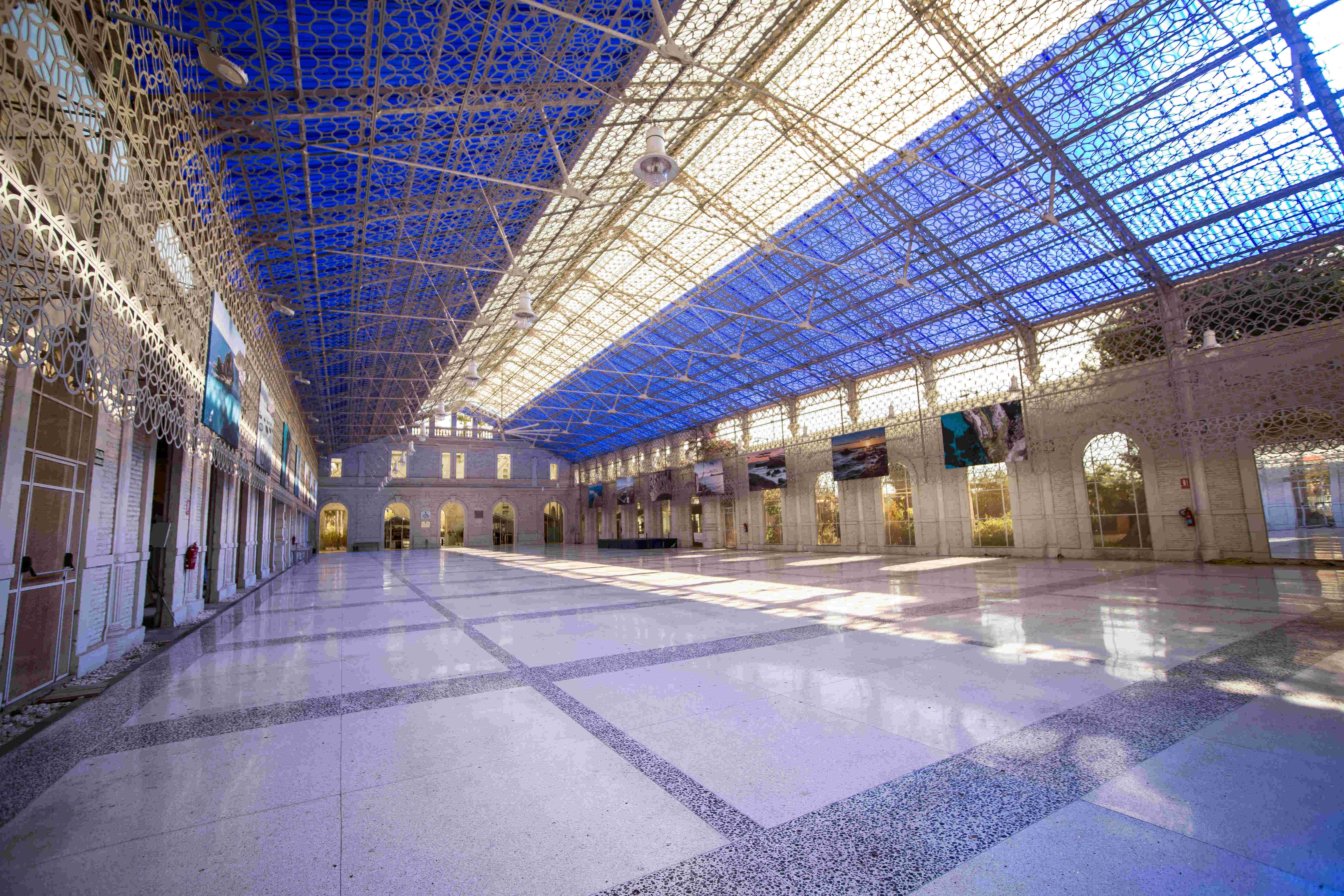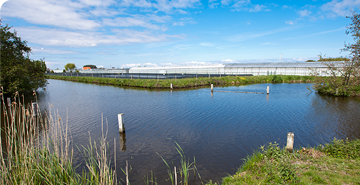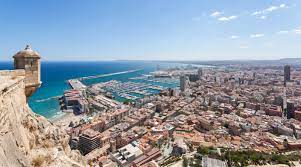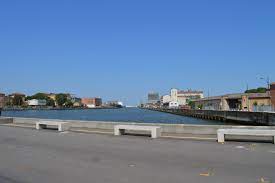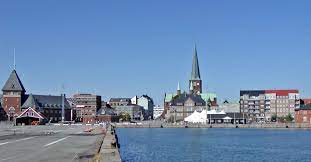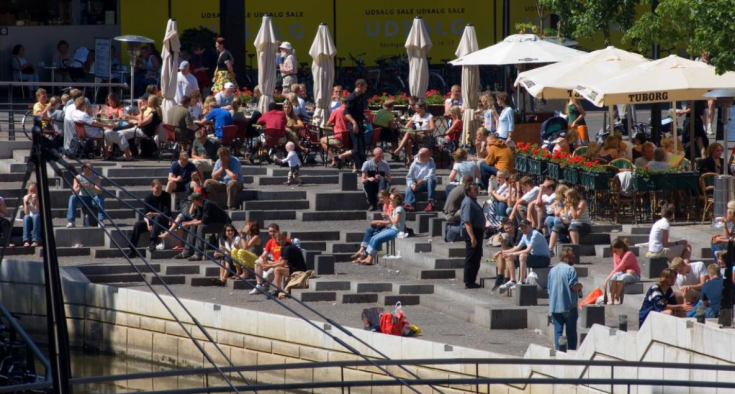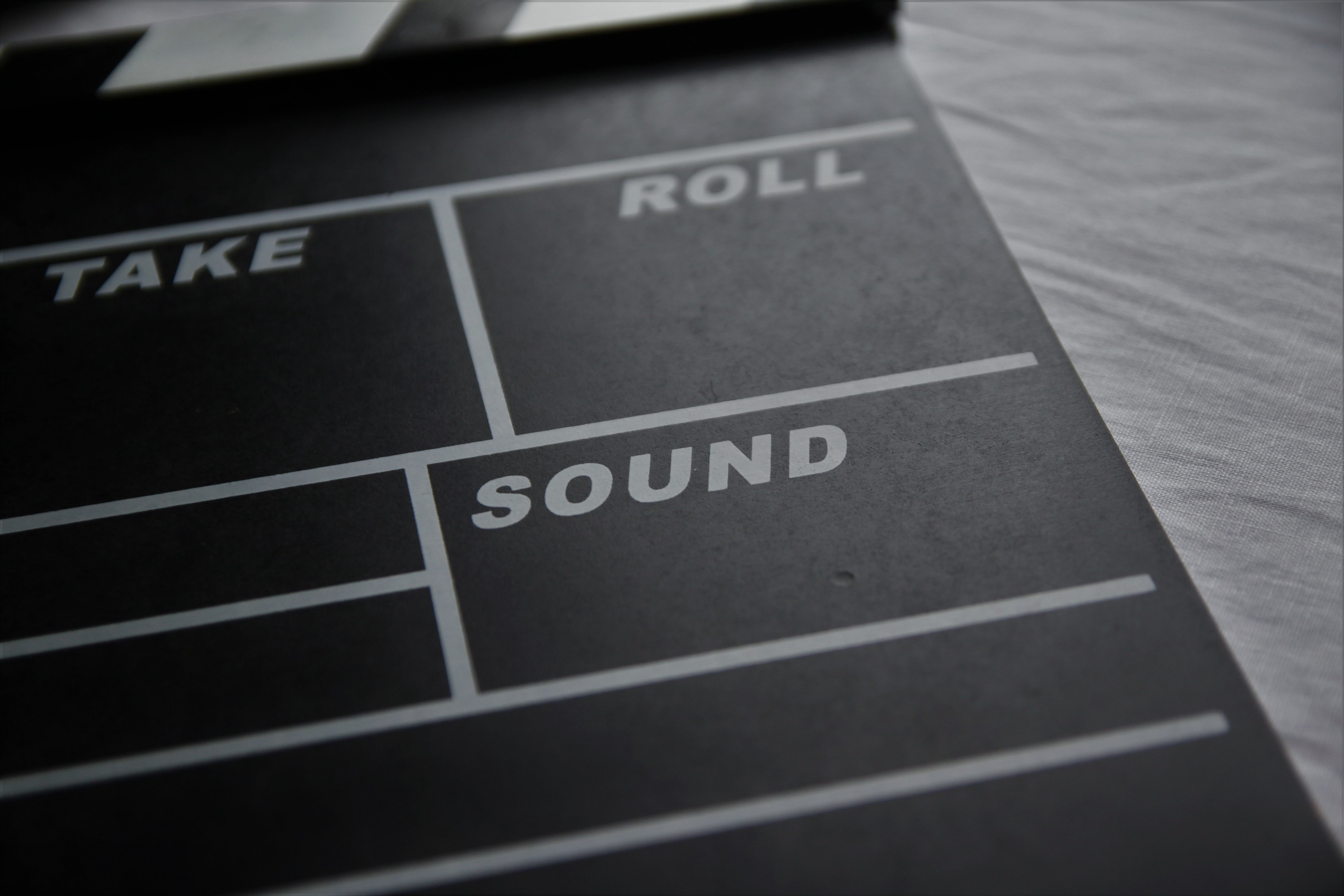
WaVE project focuses on the improvement of regional and local policies to open up their possibilities for supporting the development of integrated adaptive reuses of water-linked cultural heritage sites in human settlements.
We publish a brief history about each of the redevelopment sites involved in the project, describing their potential, future plans and best practices already achieved. We do it through interviews with Opinion Leaders, who know best the characteristics of the sites.
The fifth interview is with Søren Bitsch Christensen, City Archivist of the Municipality of Aarhus.
(Q) How do you look upon the future perspectives for water-linked heritage in Aarhus? How will it be possible to further strengthen the connection between water (from the sea and the river) with the urban areas?
(A) I believe the presence and nearness of water will forever be an indispensable part of the core narrative of the City of Aarhus’ self-perception. Since approx. 2005, we have witnessed a large-scale transformation of the former industrial harbour areas in the city center. This has not only opened a formerly restricted area and brought the coastline closer to the humans and the life of the city; it has also brought to light the qualities of quays and canals to urban life. In the future we will see a mix of old and new alongside the Bay of Aarhus. From my perspective, I also hope with greater care for the remaining historical structures of the old port and its activities.
(Q) The Uncovering of The River Aarhus as well as the facilitation of the URBAN MEDIASPACE area has been fundamental in the storytelling of the revitalization of water-linked areas in recent years. What do you see as the most remarkable benefits of having open recreational areas such as the large square Havnepladsen and similar spots?
(A) Open squares belong to everyone and no one. We need open squares to have places for people to gather for their own reasons. We also need squares that are flexible and can facilitate public gatherings – both small and big. The new square “Havnepladsen”, seems to be able to do all of that. And finally, you have a wonderful view up along the coastline of Aarhus and to the Bay of Aarhus. Furthermore, there is great view to the WaVE project sites of the historical urban coastline with its belle époque buildings as well as the raw environment of the former industrial harbour of Mellemarmen. 
(Q) How do you see possibilities of recognizing the industrial heritage in the areas of the old harbour, and how do you create a balance between authenticity and the need for modern residential buildings in a redeveloped area?
(A) In the area of the so-called Southern Harbour (in Danish ‘Sydhavnen’) the ambitions are to preserve several old buildings, including parts of the facilities of the long-gone Coal and Gas Plant and possibly the entire Public Slaughterhouse and other buildings. We need to have special attention towards a famous and well-recognized industrial heritage site, ‘the Five Sisters’. This is a 1927 grain silo facility of great beauty and narrative potential. Modern dwellings and living conditions benefit from the authenticity and narration power of buildings like that.
(Q) The WaVE project in Aarhus focuses on three sites; The industrial harbour near The Middle Pier and Mindet, The Urban Coastline (The Old Harbour Front) and The River Aarhus from Mindet to Lake Brabrand. In your eyes, what are the most important elements to ensure a logical architectural line of development that does not devalorize neighboring heritage?
(A) I believe one of the most important steps to avoid the devalorization of cultural heritage is to make sure that areas are not restricted and otherwise closed to the public. People need to be near water, not just to look at it. This can be – and to a large extent already is, a guideline of the transformation of the harbour areas in Aarhus.
Nowadays, we see high-rise buildings being planned for construction very close to historical buildings. This can work if the basic structures of the historical town plan are respected and as long as you have great attention towards the architecture on the ground where old and new meet. However, you also need to reserve areas for a more comprehensive preservation of historical buildings.
(Q) If you had the opportunity to bring inspiration to Aarhus from a water-linked site (anywhere in the world), what location would you pick as a prime example of a city that functions well with its surrounding water?
(A) Personally, I am a huge fan of the way Barcelona managed to incorporate former industrial harbour areas in the historical city center and even created a huge public beach. Other Spanish cities like Valencia have changed diverted river beds into public parks and areas in a very fascinating way.
>> Discover more about Aarhus’ sites, watch the videos!
Aarhus Urban Coastline - The Old Industrial Harbour - The River Aarhus - Urban Mediaspace


